Rods and Conversions*
Dual-Drapery Rod Enhances the Look
and Function of Layered Drapery1
Superior to the Double Rod Platform
with either Accent or Full Front Drapery
Layers accent in front of sheer or opaque drapery
without a bare rod exposed across the front,
as required when using a double rod
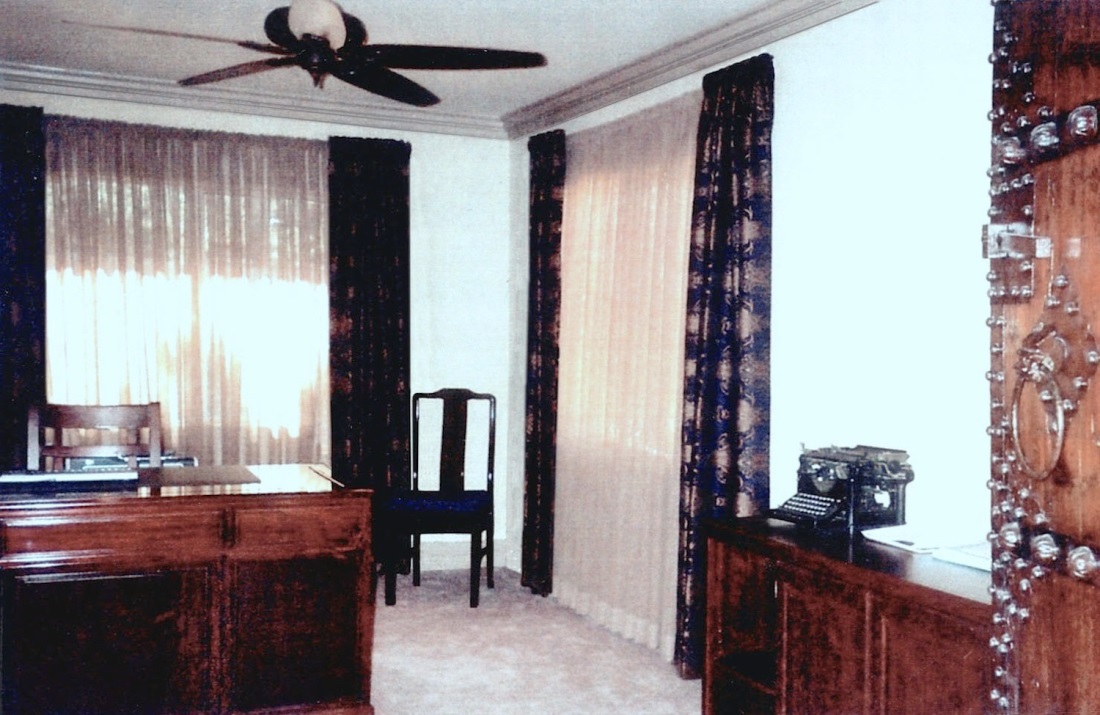
Quickly converts a single drapery rod into the dual drapery rod
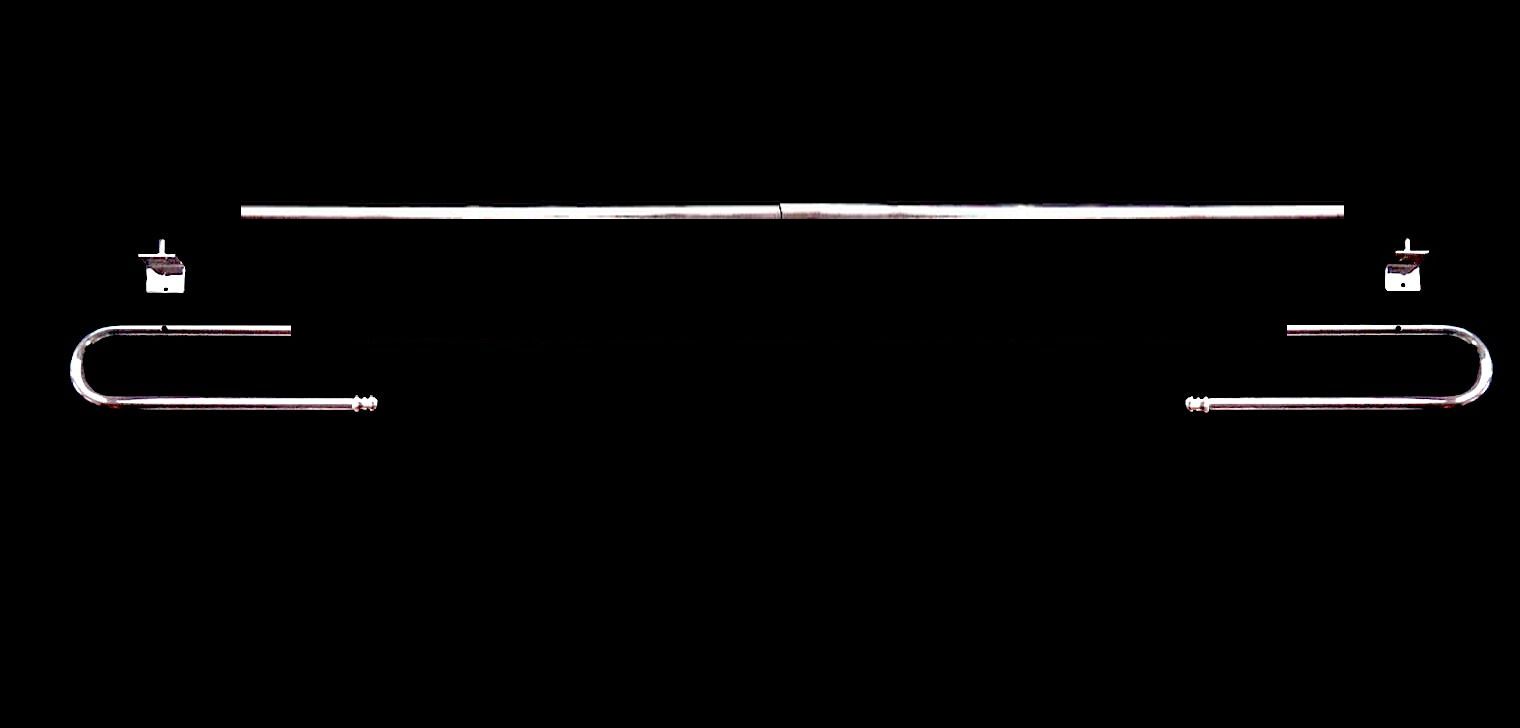
Back sections of curved conversion rods telescope onto a single-drapery rod
Mounting-bracket pins slip through apertures in these back sections to secure the curved rods in a horizontal position when mounted on the wall.

Telescoped front extensions adjust to the desired width of accent drapes, which hang from the front and curved sections of the dual-drapery rod.

Front sections can be further extended to layer room-darkening drapery in front of sheers. A wrap-around design is critical in this case to minimize light seeping in from the sides.
The complete dual drapery rod includes a single drapery rod,
curved rods, and front extensions along with the unique brackets
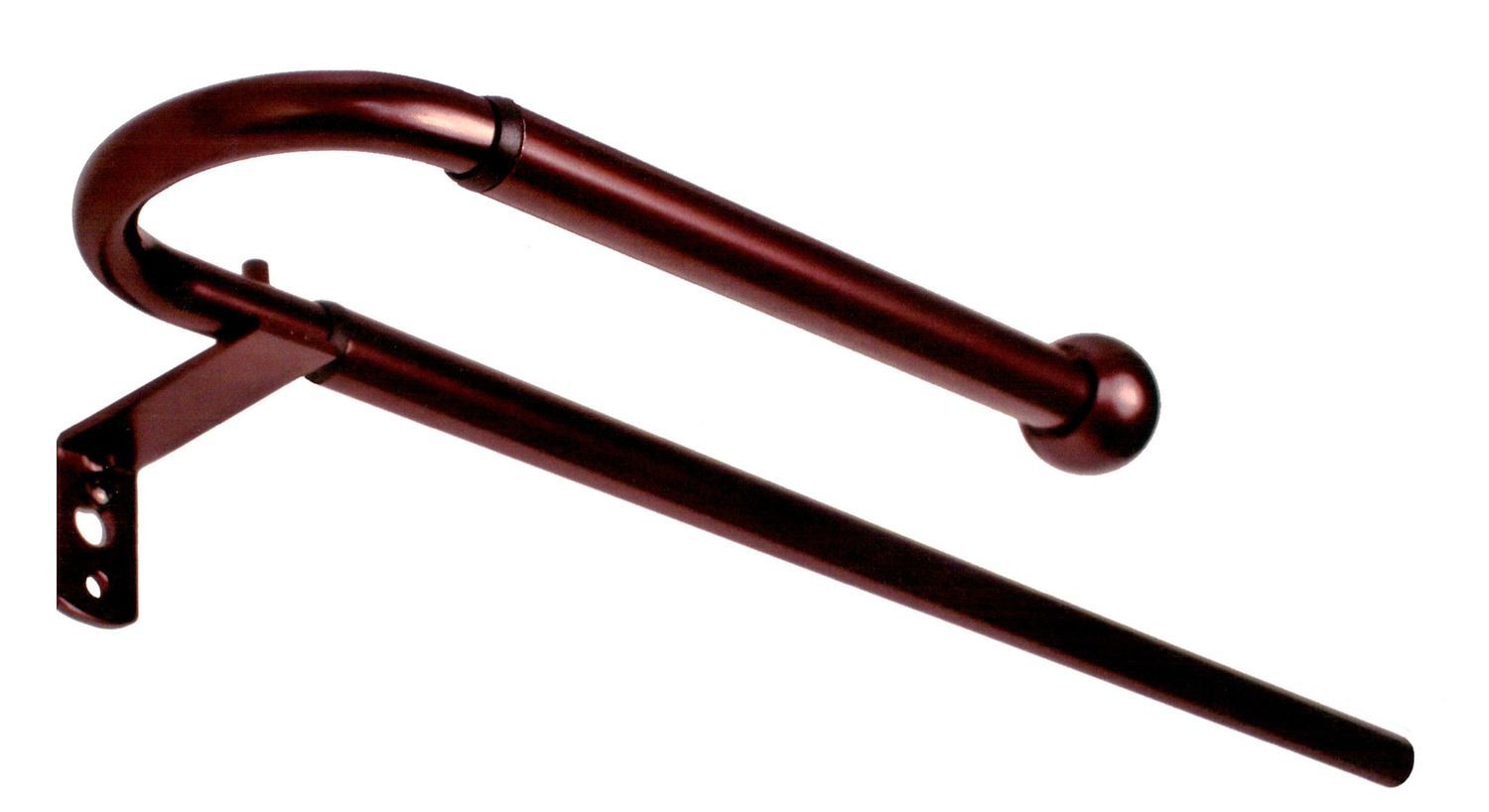
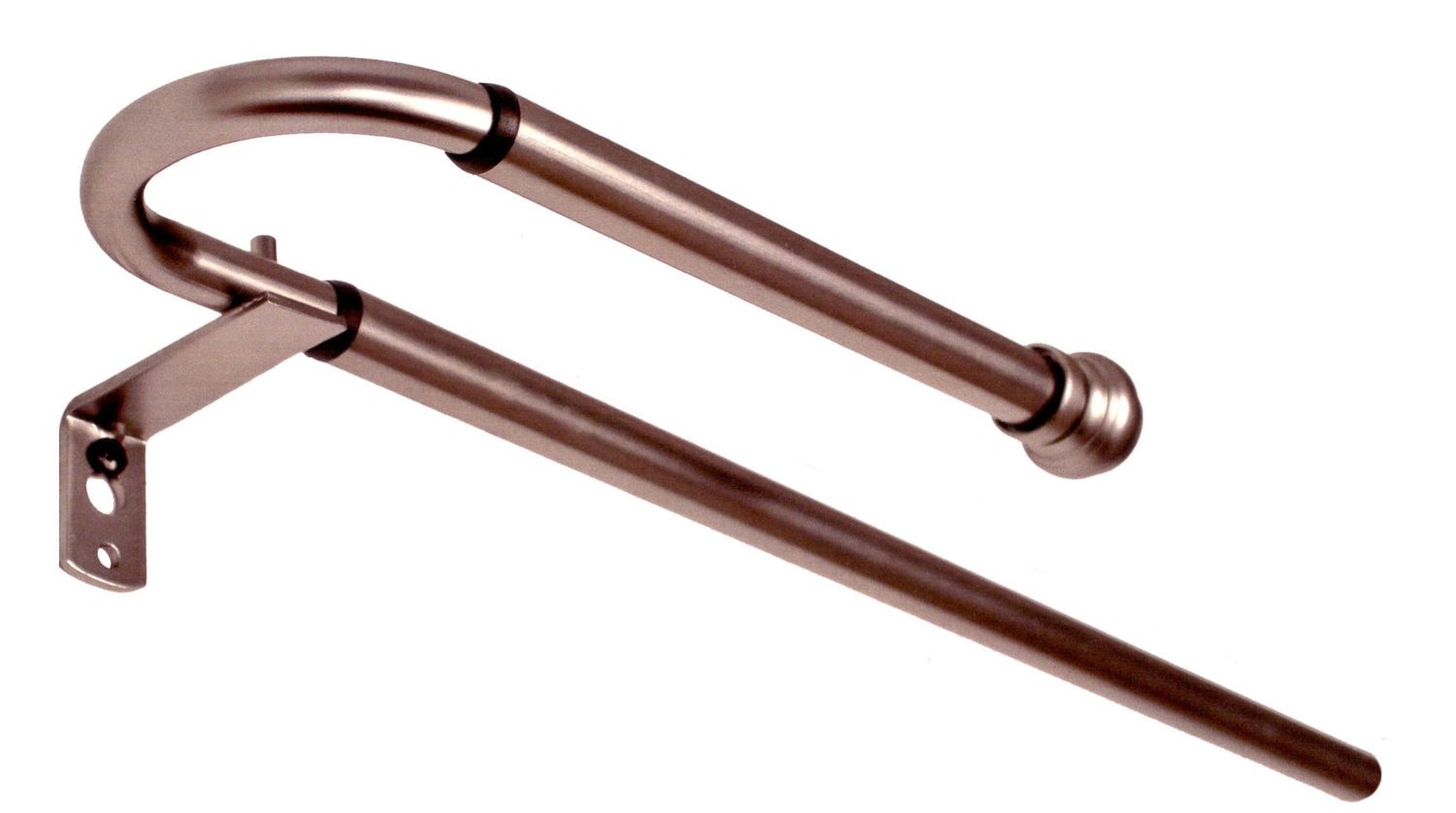
But the curved and front extension rods can also be offered without a single drapery rod,
for those who wish to use their own telescopically compatible single drapery rod.
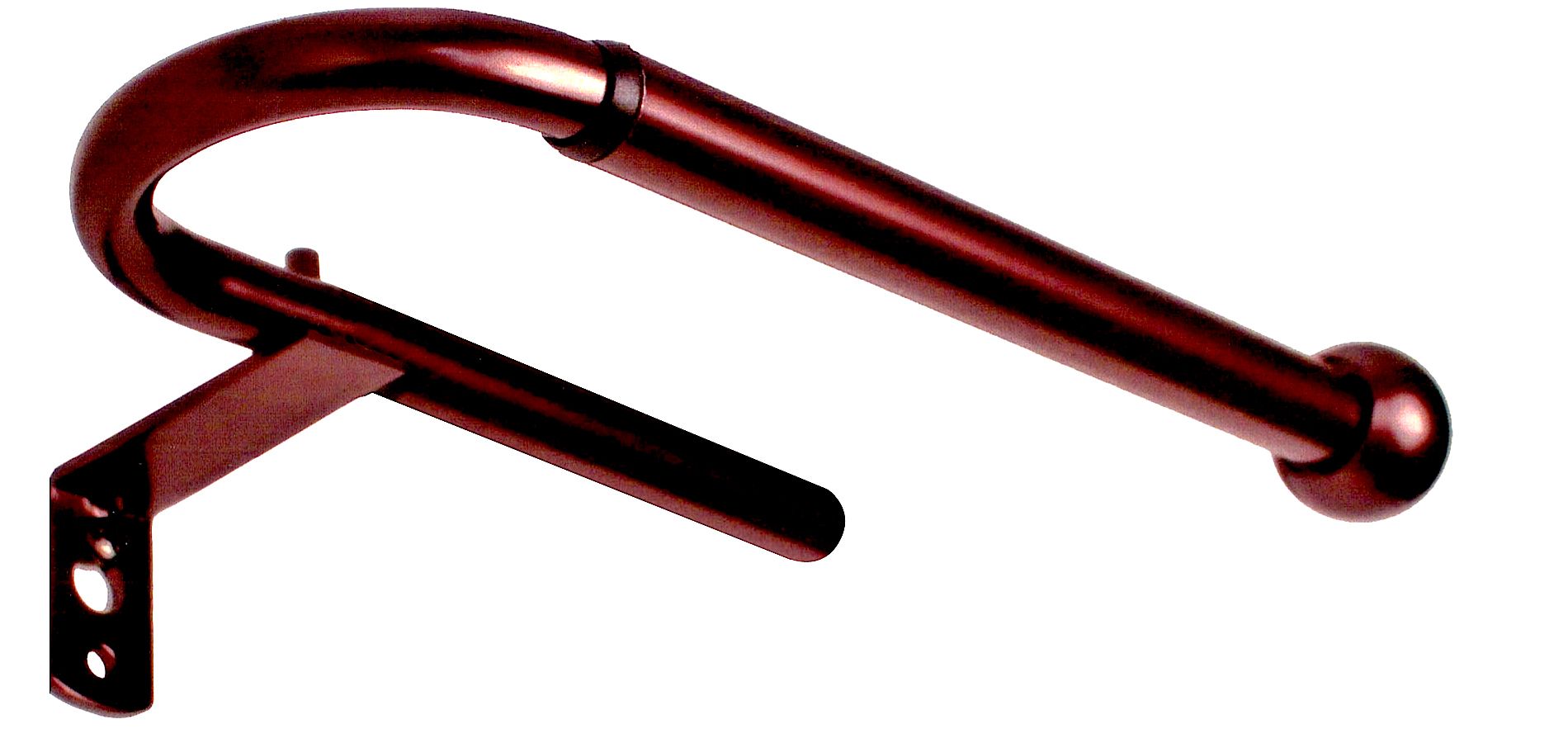
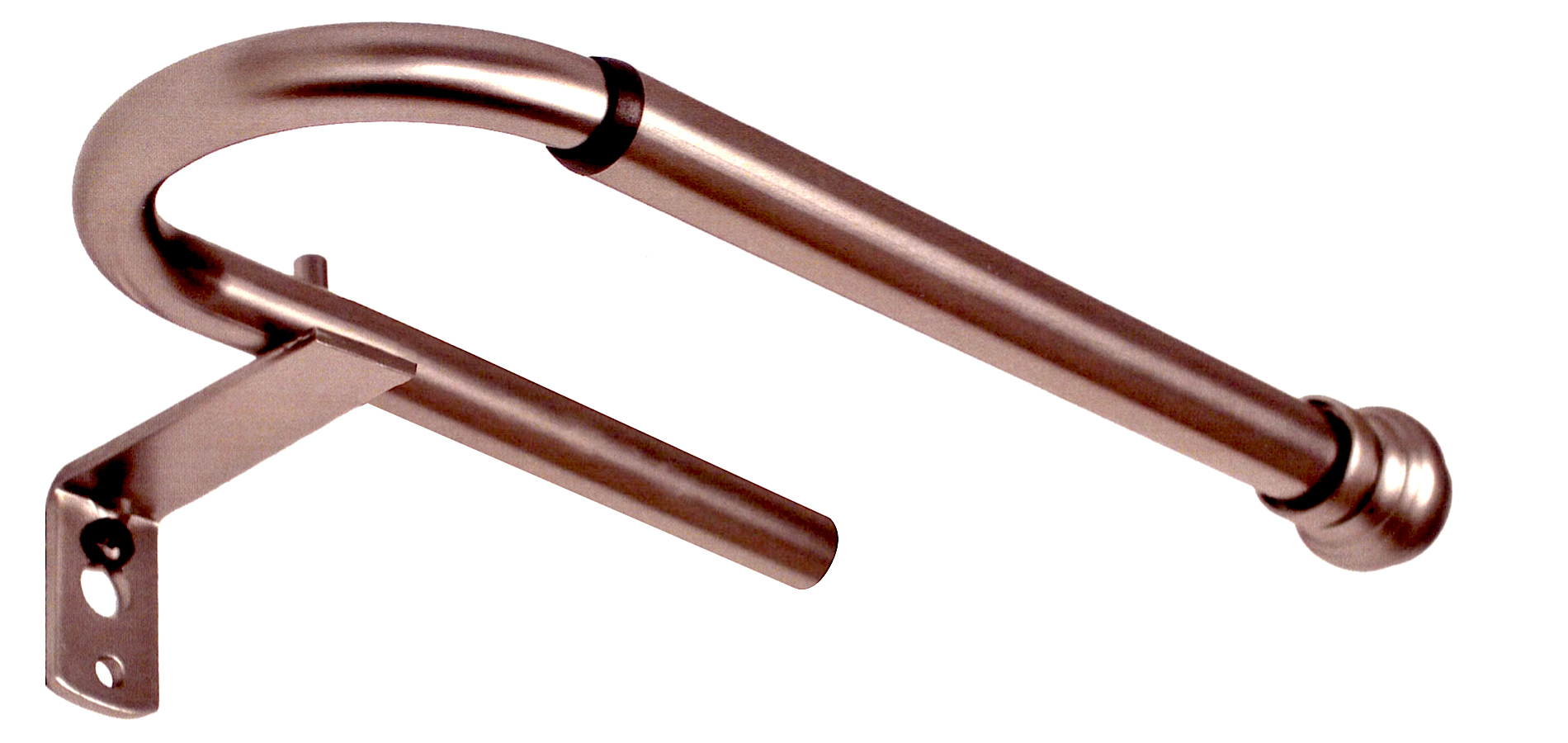
Patented Motorized Conversions
Convert existing standard traverse rods
into motorized single or dual-drapery rods
The single-rod conversion motorizes an existing
*
Utility Patents # 8,479,931, # 9,033,296, # 9,289,087
1The terms drapery and drapery rods used throughout refer to curtains and curtain rods as well. The rod assemblies were designed with both in mind, and can be easily manufactured for either.
For more information, phone 1-702-788-8892,
or email
patented.draperyrod@yahoo.com
standard traverse rod
easily and inexpensively.
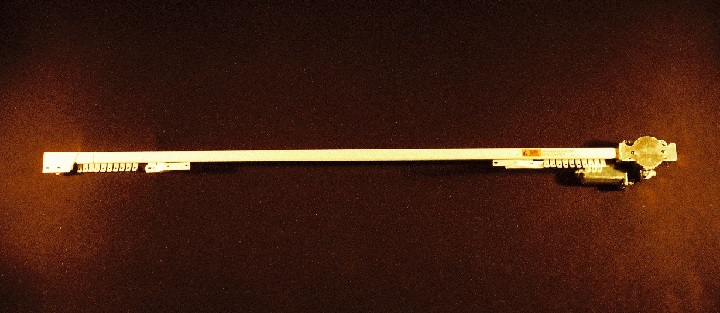
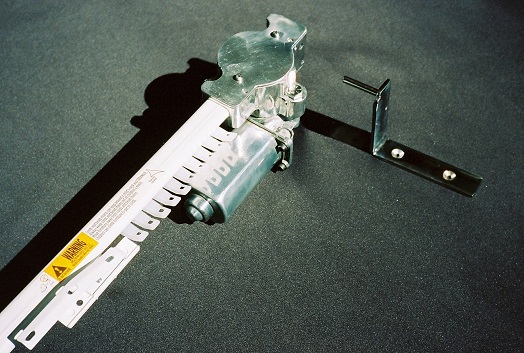
A housing containing a motorized-drive pulley has a front aperture shaped to receive one end of the traverse rod,
and a bottom aperture shaped to slip over the pin of the housing's mounting bracket.
The other end of the traverse rod is mounted on the original traverse-rod bracket, as before.

A plate with apertures to receive drapery pins or hooks is attached to the face of the drive-pulley housing.
Apertures in the back end of the housing are similarly designed to receive drapery pins or hooks.

These apertures allow the drapery to wrap around the housing, mirroring the look of the drapery on the other end of the rod, which wraps around the traverse-rod bracket.
The dual-drapery conversion is designed to layer
accent drapes in front of the motorized drapery.

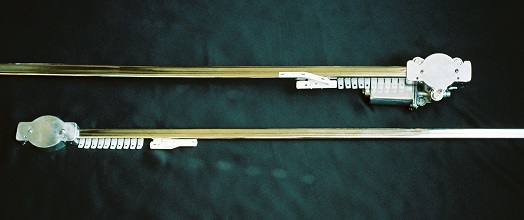
The original traverse-rod bracket, still used with the single-rod conversion, is now replaced with a take-up pulley contained in a housing with an aperture shaped to receive the traverse rod.
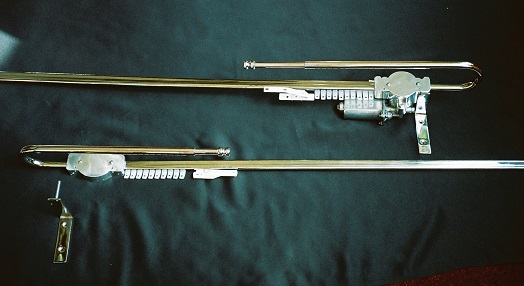
The curved conversion rods telescope into apertures that penetrate the back of the housings.
Apertures penetrating the bottom surfaces of these housings and conversion rods are aligned, and together slipped over the mounting bracket pins, thus holding the curved conversion rods in a horizontal position for the accent drapes.
The power source for the remote-controlled motor plugs
into a standard outlet. No hard-wiring is required.
